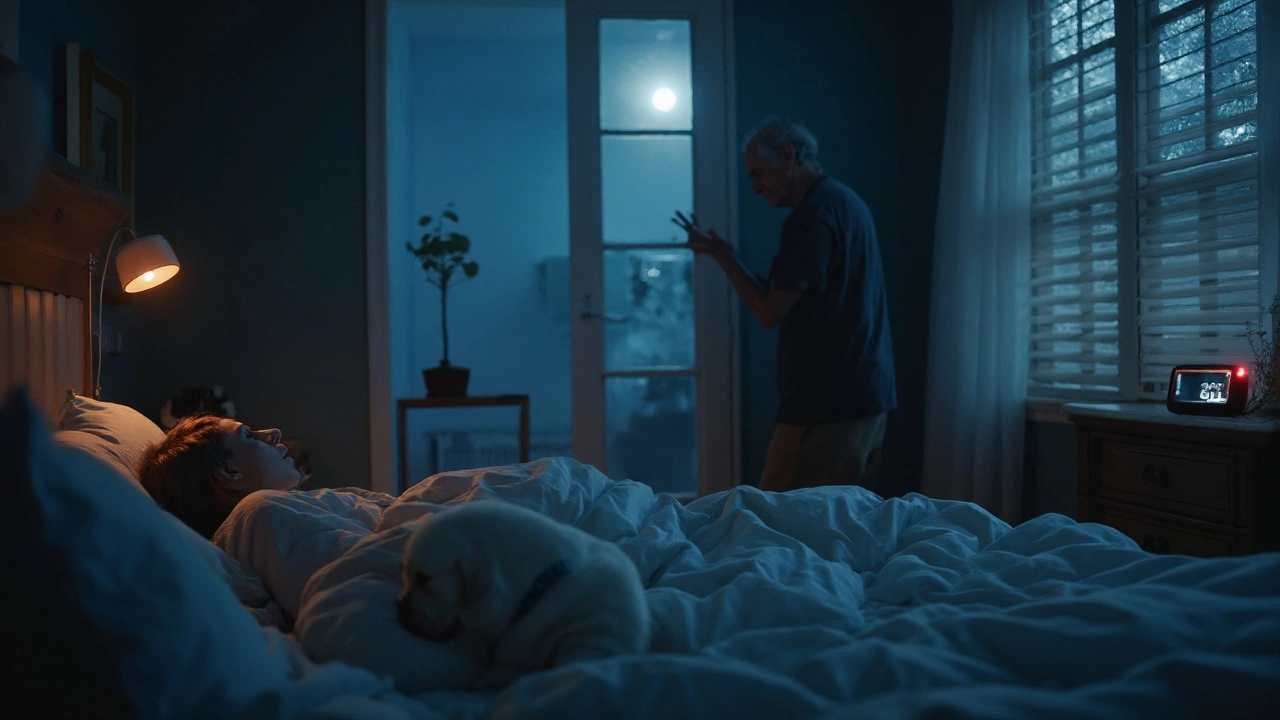BPH Symptoms – Recognize, Understand, and Manage
If you’ve noticed you’re getting up to the bathroom more often, especially at night, or feel a weak stream, you might be dealing with BPH – benign prostatic hyperplasia. It’s the medical term for an enlarged prostate, a condition that affects many men as they get older. The good news? Knowing the signs early helps you act before they get worse.
Common Signs to Watch For
Typical BPH symptoms revolve around the way you empty your bladder. Most men report one or more of the following:
- Frequent urge to urinate, especially during the night (nocturia).
- Weak or interrupted urine flow.
- Feeling like the bladder isn’t empty after you finish.
- Sudden, urgent need to go that’s hard to control.
- Dribbling at the end of a bathroom visit.
These signs happen because the prostate pushes on the urethra, making it harder for urine to pass. Spotting them early means you can talk to a healthcare professional before complications like urinary infections or bladder stones develop.
Practical Ways to Ease Symptoms
There’s no one‑size‑fits‑all fix, but a few everyday changes can make a big difference. First, watch your fluid intake: cutting back on caffeine and alcohol in the evening reduces nighttime trips. Second, try timed voiding – go to the bathroom every two to three hours even if you don’t feel the urge. This trains the bladder and often lessens urgency.
Weight management also matters. Extra belly fat puts pressure on the bladder, worsening symptoms. Simple moves like a daily walk or light strength training can keep the prostate and bladder healthier.
If lifestyle tweaks aren’t enough, medications such as alpha‑blockers or 5‑alpha‑reductase inhibitors are proven to relieve blockage and shrink the gland over time. Discuss options with your doctor; they’ll weigh benefits, side effects, and how quickly you’ll feel better.
In some cases, a minimally invasive procedure like a prostatic urethral lift or water‑based vapor therapy can clear the passage without major surgery. These are usually done outpatient and have quick recovery times.
Bottom line: notice the signs, modify habits, and seek professional advice if the tricks don’t help. Managing BPH symptoms early means you keep control of your daily routine and avoid uncomfortable surprises later.
BPH Symptoms and Mental Health: What Urinary Problems Do to Your Wellbeing
- Cheryl Moran
- September 15, 2025
- 20 Comments
How urinary symptoms from BPH affect mood, sleep, and quality of life-plus practical steps, NHS pathways, risks, and evidence-backed tips to feel better.
read more